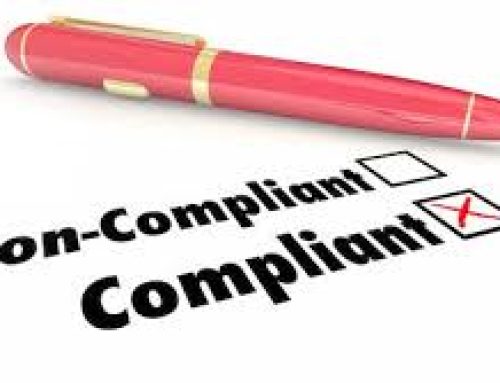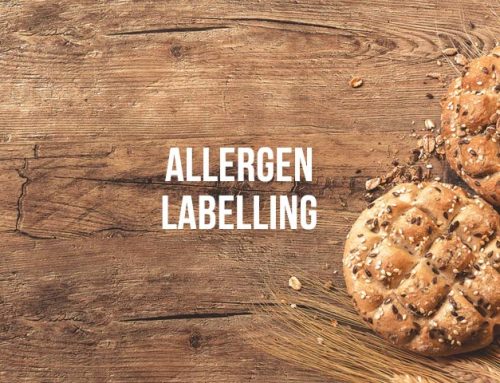Are Your Packaged Food Labels Compliant with Plain English Allergen Labelling (PEAL)?
As of 25th February 2024, businesses must comply with the new requirements for Plain English Allergen Labelling (PEAL) introduced to the Food Standards Code. Despite being introduced two years ago, many packaged food labels still have not adopted these requirements. This article explores the importance of complying with the new regulation, its implementation dates and the consequences of failing to do so.
As a consultant helping businesses with food labelling compliance for several years, I can’t help the habit of reading food labels whenever I picked up a food product from a supermarket shelf. To my surprise, a large number of packaged food labels that I have looked at have not adopted the new requirements of Plain English Allergen Labelling (PEAL) that were introduced 2 years ago to the Food Standards Code.
The new requirements include:
- the declaration of allergen information in a specific format and location on food labels
- the use of required names that are in simple, plain English terms for allergen declarations.
What I saw was allergens being displayed on package food labels not using the required names, for example, sulphur dioxide instead of sulphites, and some headings, such as allergy advice or allergens, still being placed between the statement of ingredients and the summary statement of allergens.
New requirements are being implemented to ensure mandatory food allergen declarations are clear and consistent so that people have the information they need to make safe choices.
Businesses have a 3-year transition period (until 25 February 2024) to comply with the new requirements since it was first introduced. During this transition period, food businesses or importers can comply with the old declaration requirements or new requirements.
From 26 February 2024, a 2-year stock-in-trade period will follow the transition period (or a 2-year post-transition period). Food packaged and labelled on or before 25 February 2024 in accordance with the old requirements may be sold for up to 2 years. Food packaged and labelled after this date must comply with the new requirements.
With the end of the transition period approaching in less than 11 months, if you have not transitioned to the PEAL for packaged food labels, it is good to have a stock plan in place to ensure that packaged foods with labels with old requirements are released before the end of the transition period and that they must be sold through within 2 years of the post-transition period.
Make sure you familiarise yourself with the new allergen labelling requirements in Standard 1.2.3 Information requirements – warning statements, advisory statements and declarations and the implementation dates. Further infomration can be found through the various resources here or if you require help or advice relating to the changes required for the new food allergen labelling requirements and any other aspects of the Food Standards Code, myself (Binh) and the team at AWRS are happy to assist.







